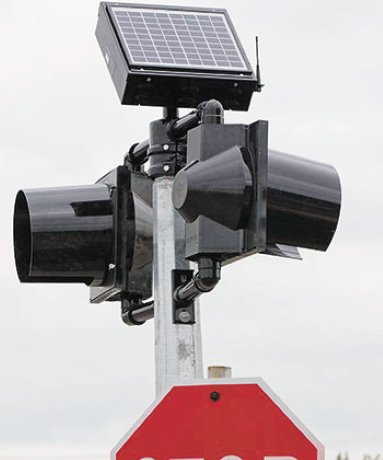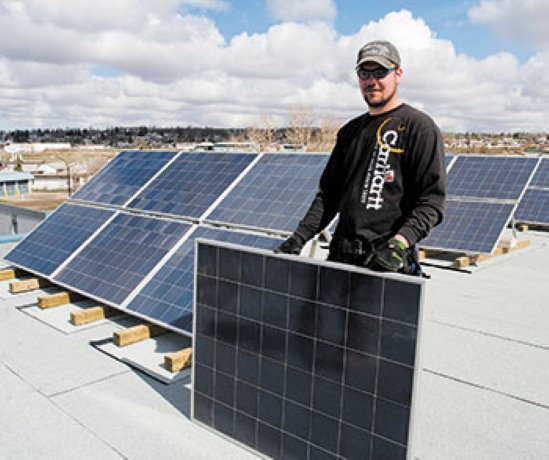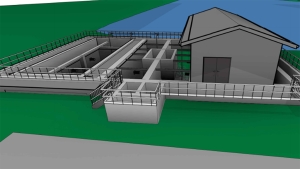Glance to the southwest from windows at city hall in Dawson Creek and massive rotating blades are visible atop Bear Mountain, British Columbia’s original wind farm.
Up on the building’s roof, solar panels pre-heat water for internal use.
The south Peace city is an oil and gas exploration hub, but it’s proving integrating sustainable solutions into energy demands can also be a viable option.
This includes into integrating solar power into select municipal services.
The five kilowatt photovoltaic system atop city hall capturing the sun’s energy is one of more than half a dozen similar units on public buildings like recreation arenas, the municipal police station and the library.
Any surplus electrical power generated by the system at city hall is directed into the electrical grid, explained Duncan Redfern, deputy director of community services for the City of Dawson Creek.
When and where to apply solar technologies within the municipal services sector is key, he emphasized.
“There are trade offs. There are very efficient uses for solar energy and there are just good uses. And there can be grants available to implement the technology,” said Redfern.
He said an example of an efficient use of solar energy is in-field infrastructure, where there is no installed electrical wiring.
That’s why Dawson Creek has solar street lights in areas that would otherwise remain unlit, solar powered municipal bus shelters, crosswalk lights and the illumination of some municipal trails, parks and bridges.
“We do have an amazing solar resource in Dawson Creek along with other renewable energy sources,” said Cheryl Shuman, a Dawson Creek councillor since 2008 and a staunch promoter of the potential for solar energy within the municipal context.
She also sees the benefits of solar power on a broader, community level.
Right now, fossil fuels such as natural gas are cheap and plentiful, but that will not always be the case.
“Dawson Creek buys about $1 million worth of energy a year and any way we can reduce that has multiple benefits,” Shuman said.
Dawson Creek has been named Canada’s first solar city by the Canadian Solar Cities Program, a non-profit organization dedicated to the promotion of solar technologies, she continues.
Shuman believes that recognition would have pleased the late Calvin Kruk.
“Solar’s potential was ramped up by our former mayor and his team at city hall in 2005,” she explained.
“He was very progressive and inspired a lot of people.”
Dawson Creek also has a policy whereby new city housing construction is required to include solar energy ready plumbing and electrical conduits to encourage system installation.
There are also plans for installing seven electric vehicle charging stations around the city with about 75 per cent of the cost covered by a provincial government grant.
“I’d like to see those stations solar charged during the day,” said Shuman.
“There are so many different uses for solar initiatives.”
Dawson Creek’s commitment to renewable energy was further reflected in a recent appointment.
Matt McWilliam is Dawson Creek’s new energy manager, a temporary position underwritten by BC Hydro.
“Our goal is to try and diversify from conventional energy consumption within the community and the corporate city infrastructure,” he explained.












Recent Comments
comments for this post are closed